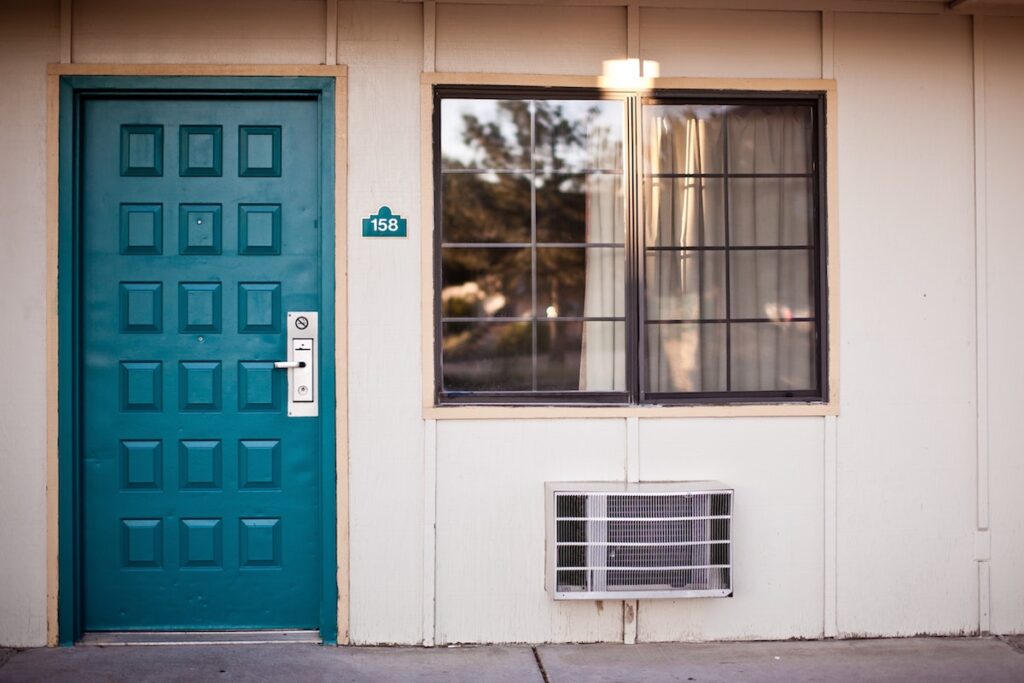This is a brief reflection on Jan Kruger’s comments in the Canberra Times on October 8, 2013, and how they sit with Imagine More’s values…
A news article in the Canberra Times about respite support refers to what has been a hard decision by Disability ACT.
See the article here.
Whilst Imagine More recognises that these decisions are extremely tough on people who depend on the facilities on a day to day basis, we also recognise that they were never designed to provide respite for three weeks out of four for individuals and their carers, as has been the case in recent times.
Imagine More is of the view that efforts should now be directed to enabling families to find the space to think of alternatives to extended periods of respite and that this respite should be meaningful for the individual who is being cared for. We also acknowledge that this is a journey that will take considerable time for many families – perhaps even years for some. Using respite to transition to an individuals home could be one idea of many that is meaningful.
Change is difficult and needs to be supported. The NDIS media releases have been full of talk about supported decision making and support for families in building visions. To be honest, at Imagine More we are disappointed in the efforts to support families so far and feel some of the efforts made in supporting service providers could have been directed in supporting individuals and families/carers to create a vision.
Recently a service provider called and asked the sorts of things we might like supported out of respite care. The provider is part of a consortium seeking to tender for some of the services Disability ACT is seeking to offer to organisations as part of it’s restructure as we head toward the NDIS. Here is what we said to them – and please understand these thoughts are part of a verbal discussion so they may not flow.
We would be advocating using respite to find valued roles in the community for the individual. For us, this would include non-segregated activities, with the aim being that the individual makes contact with people within the community creating opportunities to form natural relationships that will not be paid. Other families might be interested in segregated events such as Special O’s, Pegusas, etc
There is no doubt this transitioning could take a very long time for many individuals/carers, and also in many cases for the community to take on board the aims of this transition. Following that is it possible to use some of this funding to help the family, with an advocate or support person if need be, approach a community group to ‘prepare’ the group for the person with a disability with a focus on the strengths of the person. Additionally, provide families with extra ‘breaks’ in the initial weeks of entering into respite or transitioning from a traditional respite facility to think about what is possible. Is it possible to use some funding to access a life coach or advocate (eg Imagine More or ADACAS) to discuss what this might look like and reinvigorate some hope and aspirations?
We need to remember the alternative to inclusion is to suggest that ‘these people cannot participate in the community’, which goes against a fundamental value we hold at Imagine More and also what the fundamental human rights charter of the UN suggests as being basic. We also need to remember that in many cases this is not going to be easy, but with small steps change can and does happen.
Whilst the current focus of respite is for the family to get a break, it should be equally if not more important for this time to be used for the individual to connect and build relationships in the community and seek out valued roles. This would need to be regular and frequent in order for opportunities for relationships to grow. Funding to assist the person with a disability to attend community activities that is typical to what peers of the same demographic engage in and at the same time – eg ballet classes, football games, horse riding, gymnastics, swimming with the Dickson Swim Club on a Sunday morning, attendance at church, or other activity/event. The respite support worker could pick up the person from their home and provide transport or look at increasing independence by catching a taxi, a bus, or riding a bike. The role of the respite support could potentially fade in some situations allowing money to be invested in other ways. The confidence of the community can only increase if people with a disability are in the community.
Flexible respite funding can be used by the family member to choose how their respite is delivered and who would provide the supports. Eg A neighbour wanted to help out with some respite, however, the parent of the child did not want to share this responsibility. Nor would the parent allow a stranger to care for the child. The parent, however, was receptive to the neighbour caring for the child if that neighbour was paid. The same could be true for extended family & long term friends of the family. In this instance, respite provider becomes the holder of funds for the family as the neighbour most likely would not become an employee of the respite provider. You may recall Bronia Holyoak spoke of this when she was over here about domestic care payments and the taxation implications.



